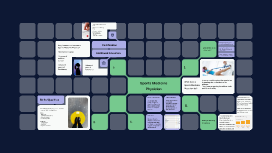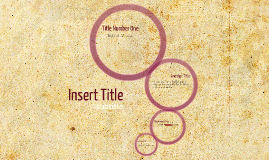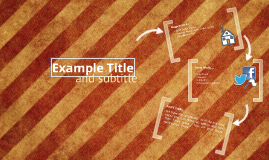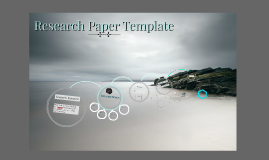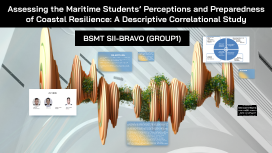Paper Plane template
Transcript: Paper Airplanes There are four forces that, when balanced, make a paper plane fly. Tips that make it fly better in terms of design: The wings are stiff. The wings are big- to minimize the drag. Launch it fast. You could use tape to strap the wings together (depends on the design). Curved edges give the plane a lot of lift. Horizontal wings-NOT vertical. Reduce gravity by making your plane light. The Cobra by Patricia Fajilan and The Classic Plane by Lena Drewes were the best. Why we think they flew well? Yumna and Hollie think The Cobra and The Classic Plane flew the best, because of their design. -Reasons why The Cobra flew well: We think this design flew well, because of its tip. The folds were also precise, and the wings were big. It was symmetrical. -Reasons why The Classic Plane flew well: We think this design flew well, because its tip was very light. Also, the weight was well balanced and the design was also symmetrical. We were trying to mix the design of The Cobra and The Classic Plane, since they both flew well. We were trying to pinpoint exactly what it was about them that made the two very different designs fly well. After test flying them, we found that The Cobra was more graceful in its landing and flew a decent distane, while The Classic Plane flew a very long distance but spiraled down instead. We guessed that The Cobra had a graceful landing, because of its flat tip, and that the The Classic Plane flew a long distane, because it was basically all wing, but because of its point tip had an ungraceful landing. According to our research, making the wings stiff with tape is supposed to make a classic plane fly well. We followed the advice, and found that it worked out nicely. Also, we decided to experiment and cut off the tip of The Classic Plane to give ita flat tip like The Cobra. Another thing we did was that we taped the tip to see if it would make it fly better, but it just made the tip too heavy, so we simply stuck with our previous design. Crease the folded end. Unfold the paper on a flat surface. The the top right corner to the middle line. Crease the diagnol fold. Fold the top left corner to the middle line Crease the diagnol fold Crease the foled end. Fold the new top right corner to the middle line. Repeat steps 8 and 9, this time of the new left top corner. Fold the sheet lengthwise, inward, along the center line. Crease the folded end. Fold the top flap down, so thatits front touches the bottom of the plane. Crease the folded end. Turn the paper over, and repeat steps 13 and 14. Then, lift the flaps the create the wings. Now, here's the twist. Take a pair of scissors and cut off the tip of the plane. Then, take a peice of tape and tape the center of the plane's wings. Step 7 What makes them fly? Step 8 Step 9 Step 4 Step 15 Step 2 Presentation by: Hollie Martin and Yumna Farooq Step 1 Fold a peice of paper, around the size of an A4 paper, half lengthwise. Step 3 Step 16 Step 5 What designs were good? Step 10 Step 11 Step 6 Step 12 Step 13 Step 14 About our design






